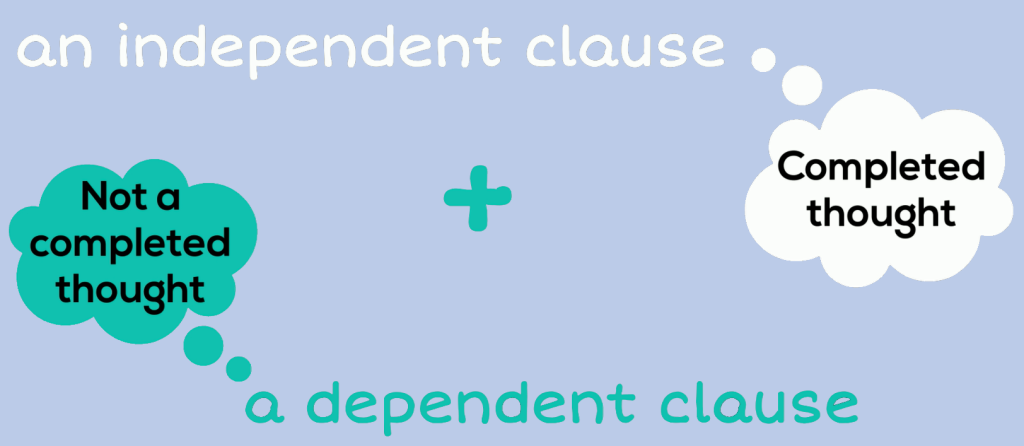Simple, Compound & Complex Sentences
Understanding how to construct and connect sentences effectively is key to mastering English. In this lesson, we’ll explore simple, compound, and complex sentences—how they work and why they’re crucial for expressing ideas clearly and naturally. To understand the differences, it’s important to understand dependent and independent clauses.

An independent clause expresses a complete thought and can stand alone as a sentence. It contains a subject and a verb and conveys a clear idea. On the other hand, a dependent clause, also known as a subordinate clause, does not express a complete thought on its own. It relies on an independent clause to form a meaningful sentence.
What Are Simple, Compound, and Complex Sentences?
Simple Sentences
A sentence with a single independent clause (includes a subject, a verb and is a completed thought).
Example: The dog barked loudly.
Subject: ‘The dog’
Verb: ‘barked’
Compound Sentences
Two independent clauses joined by a coordinating conjunction: for, and, nor, but, or, yet, so (FANBOYS).
Example: The dog barked, and the cat ran away.
Independent clause 1: The dog barked.
Independent clause 2: The cat ran away.
Coordinating conjunction: and
Complex Sentences
A sentence with one independent clause and at least one dependent clause. Independent and dependent clauses are joined using a subordinating conjunction such as because, although, if, when, or since—and there are many more to explore!
Example: Although the dog barked, the cat stayed calm.
Independent clause: The cat stayed calm.
Dependent clause: Although the dog barked…
Subordinating conjunction: although
The independent and dependent clauses can appear in any order in a complex sentence. If the dependent clause goes first, as is the case in the above example), we use a comma to separate the clauses.
Why Is this Important?
Knowing the difference between the structures and how to use each helps you:
- Write with clarity and variety, improving essays and creative writing.
- Express ideas more precisely in conversations and exams.
- Develop advanced grammar skills, paving the way for fluent English communication
Video 1: Understanding Sentence Structures
Video 2: Transforming Simple Sentences into Compound Sentences
Video 3: Transforming Compound Sentences into Complex Sentences
More Simple, Compound and Complex Practice
Simple, Compound and Complex Sentences Quiz
Ready to put what you’ve learned about simple, compound and complex sentences into practice? Take the quiz!
Now that you have a solid understanding of simple, compound, and complex sentences, make sure to continue to refine your skills with the worksheets and other activities. Mastering different sentence structures will allow you to write with clarity and variety and achieve you goals in English. You’ve got this!

Leave a Reply